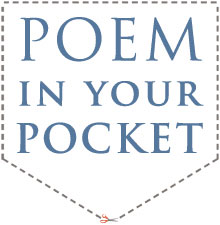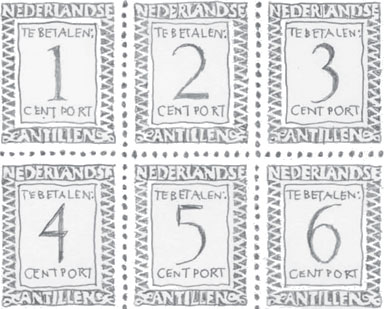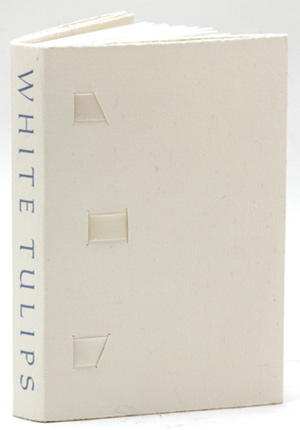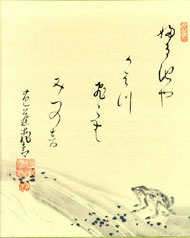 Another topic that seems to come up a lot around me recently is Twitter, specifically is it good for anything. I first checked it out last year when there was a wild fire near my sister’s house in Los Angeles — someone was posting updates about the fire, but calling my sister turned out to be much more informative (and accurate). Then this week there was a article in the NY Times about a woman who tweets mini-recipes. For instance:
Another topic that seems to come up a lot around me recently is Twitter, specifically is it good for anything. I first checked it out last year when there was a wild fire near my sister’s house in Los Angeles — someone was posting updates about the fire, but calling my sister turned out to be much more informative (and accurate). Then this week there was a article in the NY Times about a woman who tweets mini-recipes. For instance:
Biscotti: mix 1/3c sug/3T oil/egg/t anise flavr; +c flour/t bkgpwdr. Roll log to fit bkgpan; pat down. 30m@375/190C. Slice~14; brwn+6m/side.
Quite a feat of condensed writing and getting the bare essentials into 140 characters. (You can see more here.)
 The article says “entries on her personal Twitter stream are all written as senryu, a syllabically constrained poetic form like haiku. Here’s one: ‘As a Catholic schooled atheist, I’m sorry for an awful naught.’”
The article says “entries on her personal Twitter stream are all written as senryu, a syllabically constrained poetic form like haiku. Here’s one: ‘As a Catholic schooled atheist, I’m sorry for an awful naught.’”
 I didn’t know about senryu, and here’s what Columbia Encyclopedia says:
I didn’t know about senryu, and here’s what Columbia Encyclopedia says:
senryu (sĕnrēū’) , a Japanese poem structurally similar to the haiku but primarily concerned with human nature. It is usually humorous or satiric. Used loosely, the term means a poem similar to the haiku that does not meet the criteria for haiku.
and wikipedia says “Unlike haiku, senryū do not include a kireji (cutting word), and do not generally include a kigo, or season word.” Now I’m not sure what I write — since I like the cutting word part but usually don’t have a season or nature word in mine.
 There’s a twitter stream of only haiku — here’s the first example I saw (which is probably really a senryu):
There’s a twitter stream of only haiku — here’s the first example I saw (which is probably really a senryu):
Bad 401k.
Hidden fees eat it away.
Zombie savings plan.
and a senryu stream. And finally haiku headlines, which condenses the news into 3 line snippets — probably the perfect way to keep up with the world for those of us who think we’re too busy…
 This Thursday, April 30, is Poem in Your Pocket Day, part of the celebration of National Poetry Month. The idea is that you carry a poem with you to share with people you meet that day. Their website has a downloadable pocket-sized poems that you can print to share or poems categorized by topic that you can choose from.
This Thursday, April 30, is Poem in Your Pocket Day, part of the celebration of National Poetry Month. The idea is that you carry a poem with you to share with people you meet that day. Their website has a downloadable pocket-sized poems that you can print to share or poems categorized by topic that you can choose from.![]() In the last issue of Ampersand, Cathy Miranker wrote about Poem in Your Pocket day. We included a cardboard library pocket with the issue along with instructions for a simple single sheet book. Cathy proposed that people make a book, using a favorite poem as content, and bring it to the annual PCBA Printers’ and Book Arts Fair on Sat May 9th, for our own local celebration of poetry month. I’m excited to see what people come up with.
In the last issue of Ampersand, Cathy Miranker wrote about Poem in Your Pocket day. We included a cardboard library pocket with the issue along with instructions for a simple single sheet book. Cathy proposed that people make a book, using a favorite poem as content, and bring it to the annual PCBA Printers’ and Book Arts Fair on Sat May 9th, for our own local celebration of poetry month. I’m excited to see what people come up with. 
 Another topic that seems to come up a lot around me recently is Twitter, specifically is it good for anything. I first checked it out last year when there was a wild fire near my sister’s house in Los Angeles — someone was posting updates about the fire, but calling my sister turned out to be much more informative (and accurate). Then this week there was a article in the NY Times about a woman who
Another topic that seems to come up a lot around me recently is Twitter, specifically is it good for anything. I first checked it out last year when there was a wild fire near my sister’s house in Los Angeles — someone was posting updates about the fire, but calling my sister turned out to be much more informative (and accurate). Then this week there was a article in the NY Times about a woman who 

 A favorite in my collection is White Tulips, ninety-nine haiku by Ronald Baatz. Leonard Seastone of Tideline Press in upstate-New York designed the book, which he handset in Elizabeth and Carolus type and then letterpress printed on dampened, vintage Barcham Green Hayle paper. Single and fold-out pages alternate throughout the book, with the fold-out ones hiding more haiku for the reader to discover. There are 3 cream-colored strips of ribbon in the binding that make the cover even more beautiful.
A favorite in my collection is White Tulips, ninety-nine haiku by Ronald Baatz. Leonard Seastone of Tideline Press in upstate-New York designed the book, which he handset in Elizabeth and Carolus type and then letterpress printed on dampened, vintage Barcham Green Hayle paper. Single and fold-out pages alternate throughout the book, with the fold-out ones hiding more haiku for the reader to discover. There are 3 cream-colored strips of ribbon in the binding that make the cover even more beautiful.